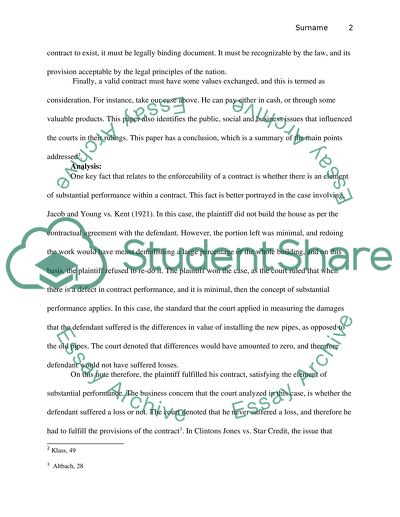Cite this document
(“Business Law Essay Example | Topics and Well Written Essays - 1250 words - 14”, n.d.)
Business Law Essay Example | Topics and Well Written Essays - 1250 words - 14. Retrieved from https://studentshare.org/law/1619307-business-law
Business Law Essay Example | Topics and Well Written Essays - 1250 words - 14. Retrieved from https://studentshare.org/law/1619307-business-law
(Business Law Essay Example | Topics and Well Written Essays - 1250 Words - 14)
Business Law Essay Example | Topics and Well Written Essays - 1250 Words - 14. https://studentshare.org/law/1619307-business-law.
Business Law Essay Example | Topics and Well Written Essays - 1250 Words - 14. https://studentshare.org/law/1619307-business-law.
“Business Law Essay Example | Topics and Well Written Essays - 1250 Words - 14”, n.d. https://studentshare.org/law/1619307-business-law.


